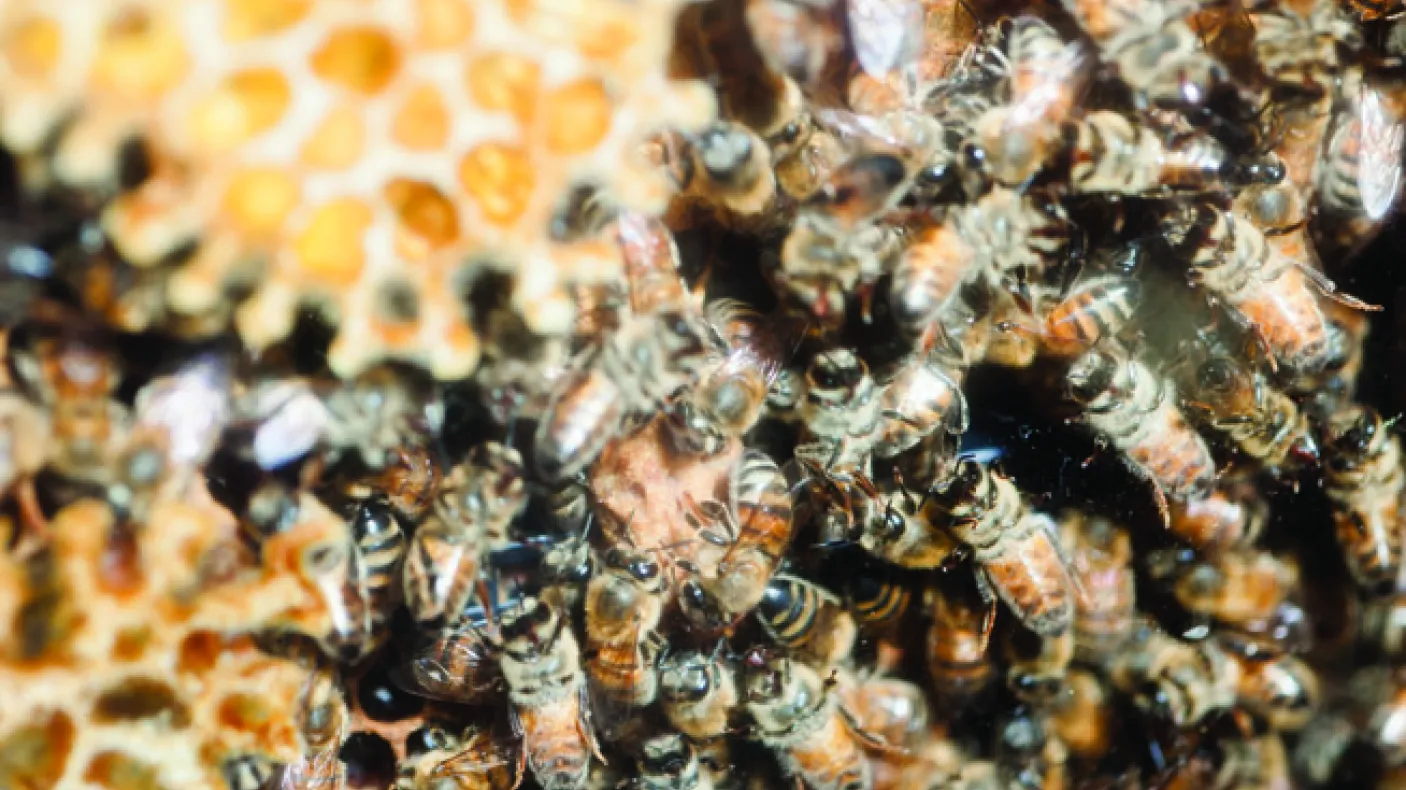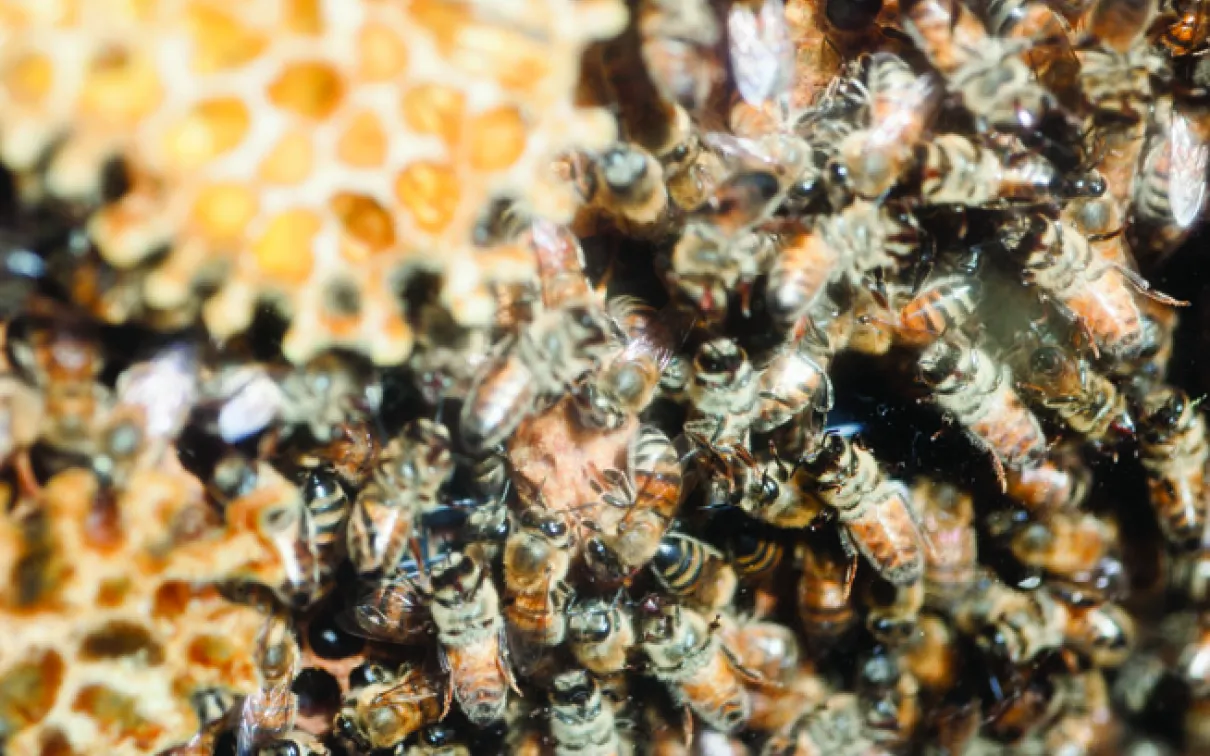The ROM's Remarkable Bees
Published
Categories
Blog Post
Guest blog by Antonia Guidotti, Entomology Technician
ROM visitors love the live hive of European Honey Bees in the Hands-on Biodiversity Gallery. They are encouraged to look for the queen bee and if they find her, will receive an “I found the Queen Bee” sticker.
Most Common Questions
Are they alive?
Yes, they are. Look closely at the hive and you will see how busy these bees are.
What do they eat?
Mainly honey. The worker bees, all of whom are female, spend some of their time out of the hive collecting nectar and pollen. The nectar is converted into honey through fermentation. The bees eat this honey during the year as their food. Winter is always hard for the bees because they are not native to Canada. In fact, Canada has no native honey bees. The honey bees at the ROM are originally from Buckfast Abbey at the edge of Dartmoor in England. Dartmoor is the famous setting for Sherlock Holmes and the Hound of the Baskervilles. Dartmoor would provide a year-round source of flowers, so the bees would continually be out collecting nectar and pollen. Here at the ROM, during those harsh, flower-less months, we supplement their food with sugar water.
What do they do?
The worker bees have a variety of jobs: cleaning the hive, guarding the entrance of the hive, collecting nectar and a select few become the “Royal Guard” who look after the queen. The drones (males) really don’t do anything. Their only task is to fertilize a queen.
How long does the queen live?
Queens can live up to five years. Bee-keepers “dot” their queens with a specific colour depending on the year she was born.
This is only a quick glance at the honey bees at the ROM—did you know that there are six families of bees in Ontario? See how many you can find in your backyard.
Halictidae
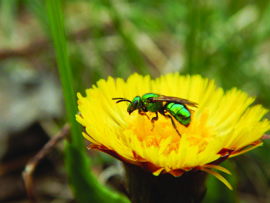
Sweat bees
Mellitidae
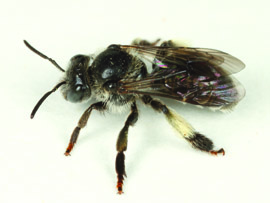
Oil-collecting bee
Colletidae
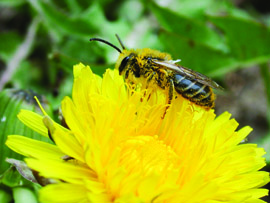
Plasterer bees
Andrenidae
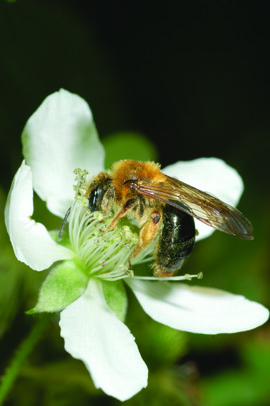
Mining bees
Megachilidae
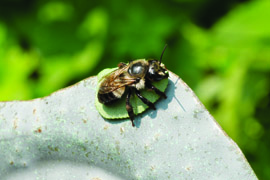
Mason and Leaf-cutting bees
Apidae
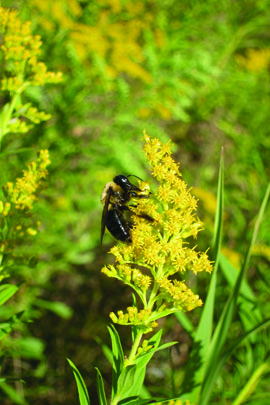
Bumble bees, Honey bees and their relatives
Unfortunately, we didn’t even get to bee dancing, bee bread, or even what happens when there are two queens at the same time! So come to the Hands-on Biodiversity Gallery, watch our bees, and discover more!
Originally published in the Summer 2016 issue of the ROM Magazine.

